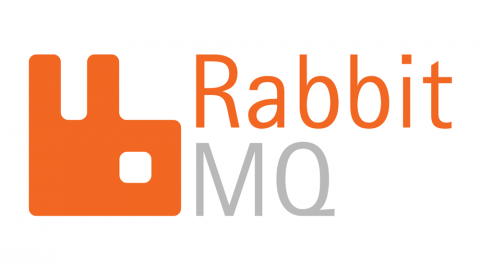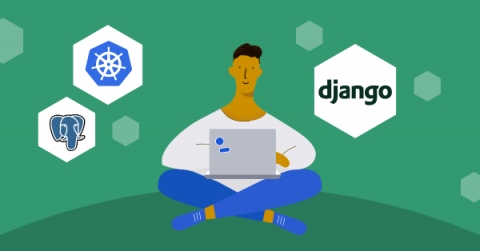Modern AIOps doesn't just fix outages - it prevents them
Modern AIOps doesn’t just fix outages — it prevents them – Is your business one accidental click away from a major outage? We saw it happen with Atlassian earlier this year. You may already have an incident management strategy and monitoring, but is it adjusted for the ever-changing IT infrastructure and application architectures? Putting appropriate protocols in place ensures that one human code push can’t shut down an entire system for three weeks.





